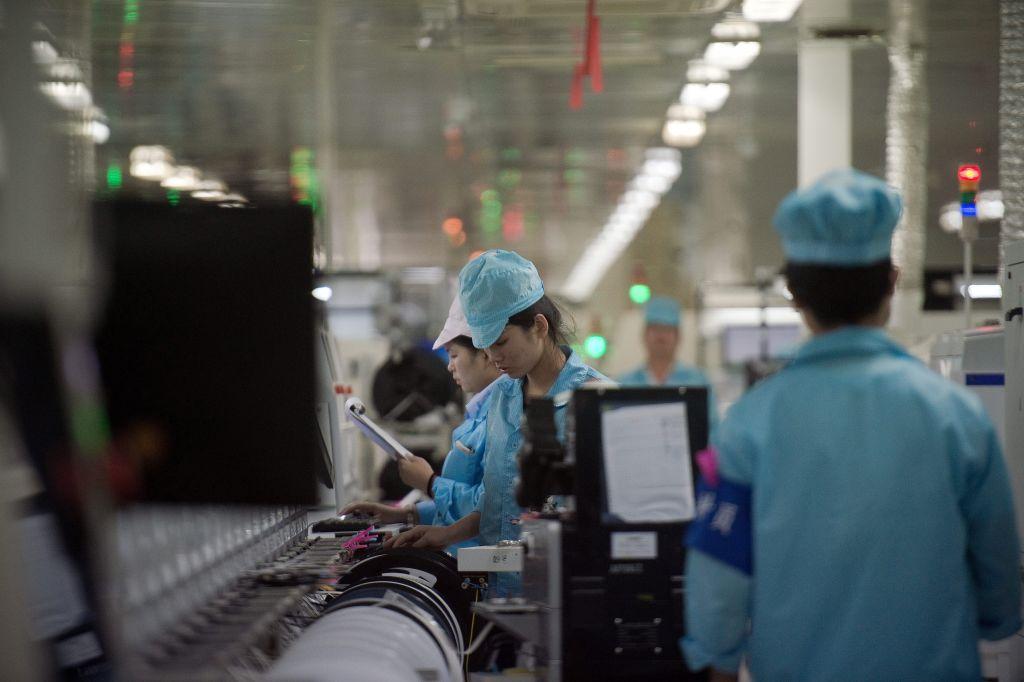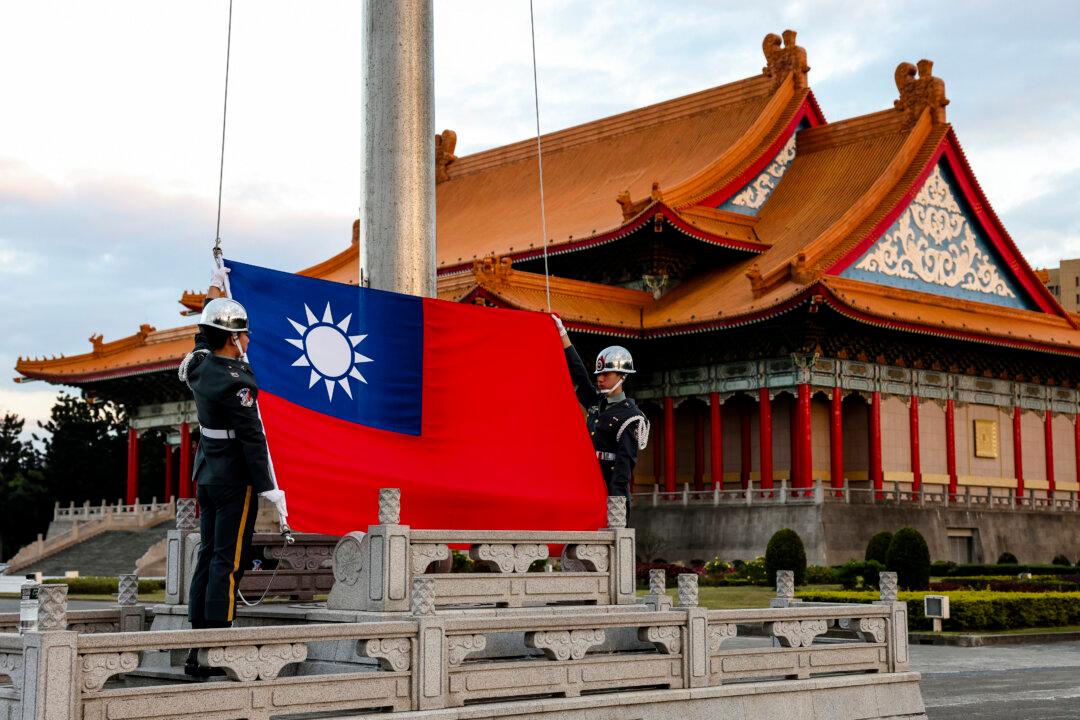One of the longstanding U.S. demands in the stalled Sino-U.S. trade talks is that Beijing end the massive government subsidies granted to Chinese companies, which U.S. firms say make it difficult for them to compete in the Chinese market on a level playing field.
However, recently introduced Chinese semiconductor policies reveal that Beijing isn’t making progress on U.S. demands.





